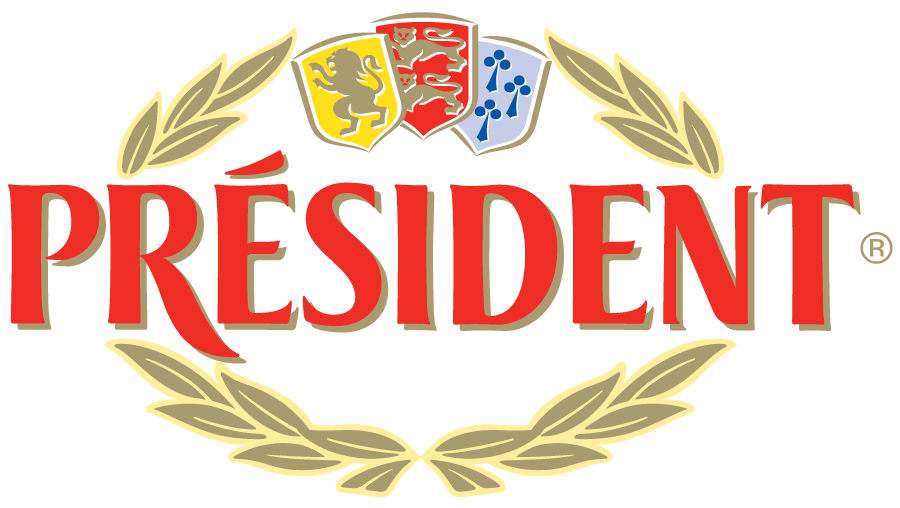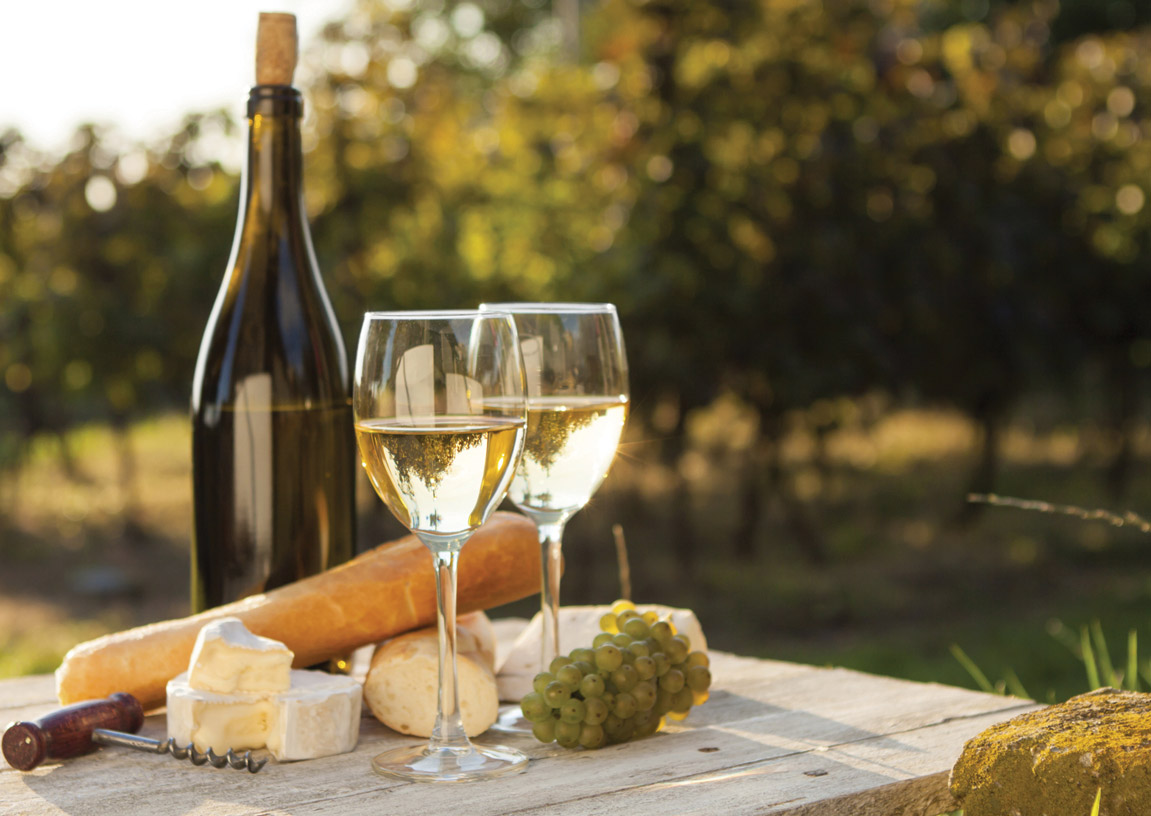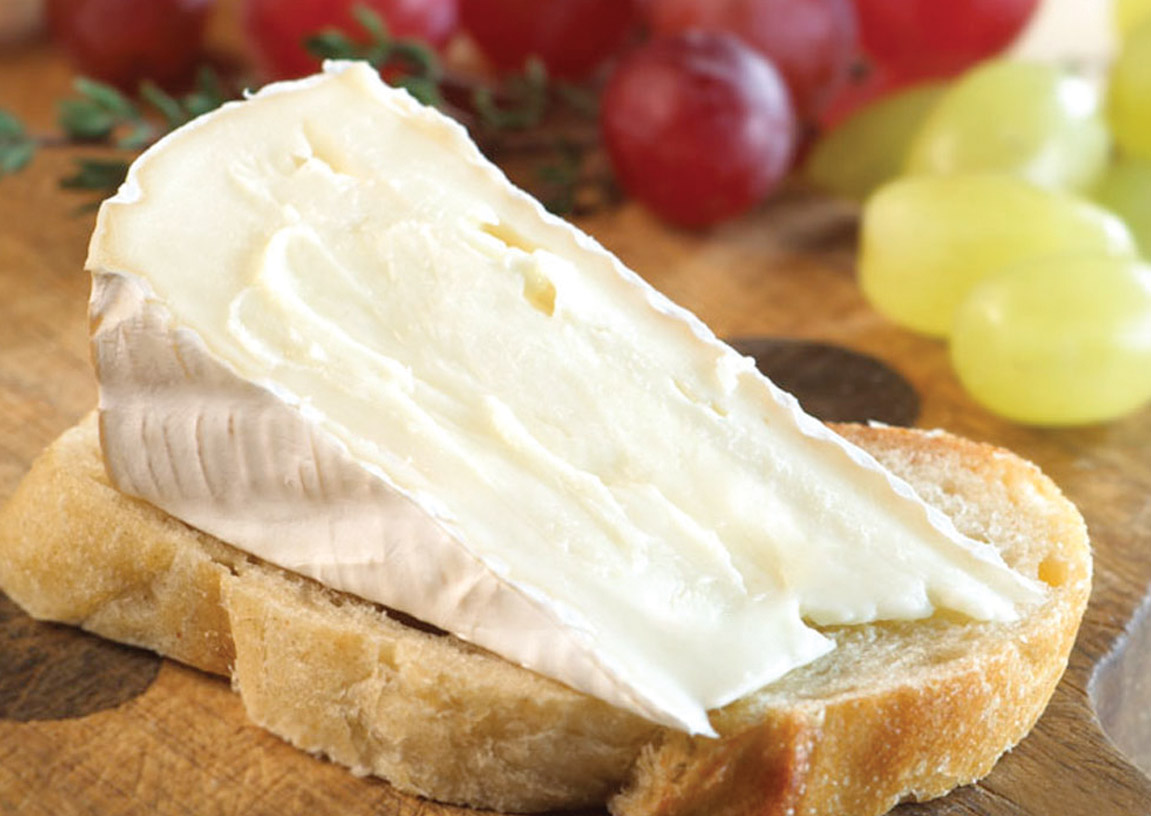

Deciding which wine to serve with what cheese can be a little intimidating. Never fear. With a few simple ground rules, you’ll be completely confident as you mix and match your way to success.
Guidelines

Match the acidity level.
Chances are, an acidic cheese will match nicely with an acidic wine. For example, acidic wines such as Sauvignon Blanc pair perfectly with fresh goat cheese, leaving a fruity tangy, rich and floral taste on the palate.
Tips

Find a common ground.
Or rather, terroir. Wine and cheese from the same regions make very good pairings. For example, a Basque country cheese and a Basque country wine will pair beautifully because they share similar characteristics. Similarly, a Tuscan Pecorino will pair beautifully with a Chianti Classico, while a Spanish Manchego and a juicy Rioja will seem like a match made in heaven.
Opposites Attract.
On the flip side, contrasting flavors can be quite complementary. For instance, salty blue cheese like Roquefort pairs nicely with a sweet dessert wine like a Sauternes to round off the strength of the cheese, and rich, creamy Brie pairs nicely with dry, bubbly Champagne as it will lift or cut through the cream of the cheese and enhance the taste.
A natural progression.
Begin with the mildest cheese and progress to the strongest. This is particularly important when preparing cheese flights, where each small portion of cheese is paired with a different wine. For example, start with a mild and tangy fresh goat’s milk cheese paired with a crisp, acidic Sauvignon Blanc, then move to the Comté and a big, hearty Rhône Valley red, and finally, a Sauternes or a Port with Roquefort Cheese.
Signs of the perfect pairing.
The key to the perfect wine and cheese pairing is balance. Here are a few surefire signs that your pairing is a success:
- You’re able to taste both the cheese and the wine without one overpowering the other.
- The wine and cheese together bring out something new in either the wine or cheese that wasn’t present before. As an example, a Riesling wine will bring the sweet, juicy flavor of white peaches to an aged Gruyère.
- You’re happy, and your guests are happy. Because ultimately, it’s all a matter of personal preference.